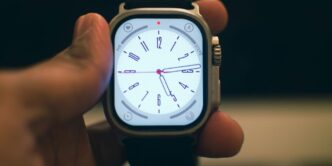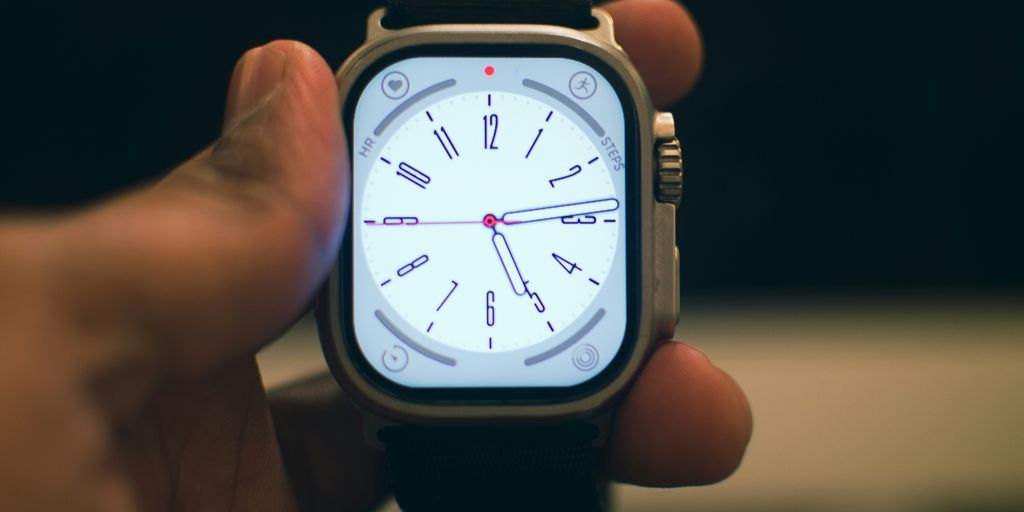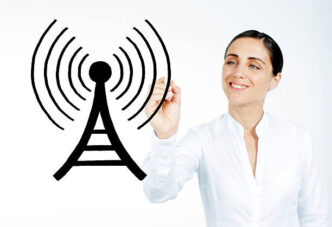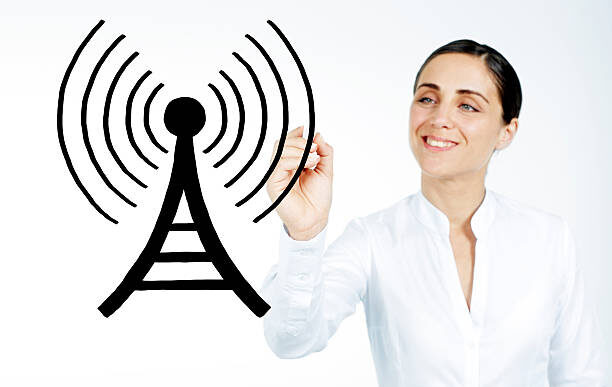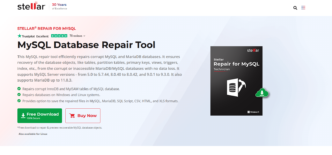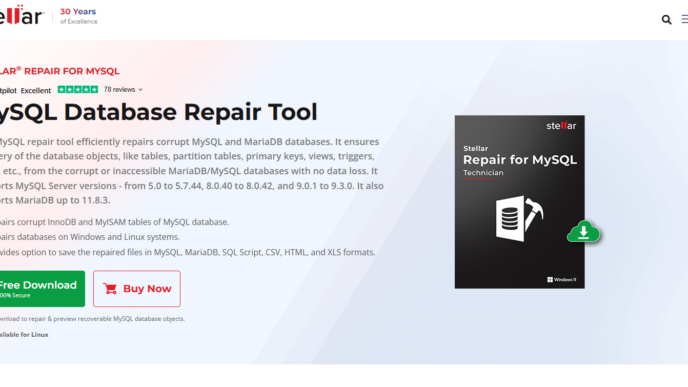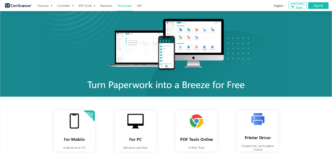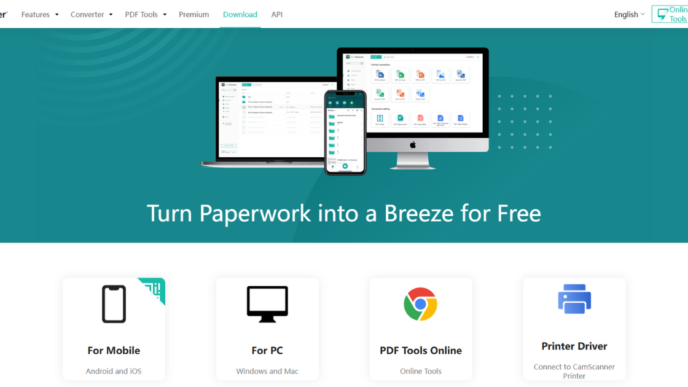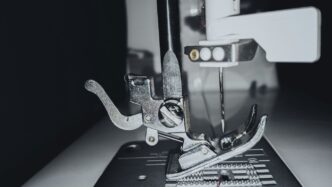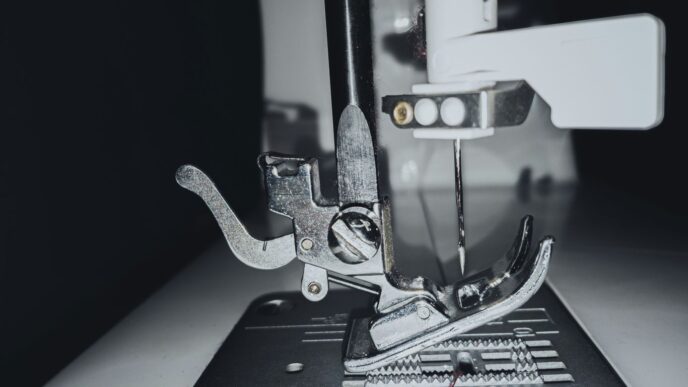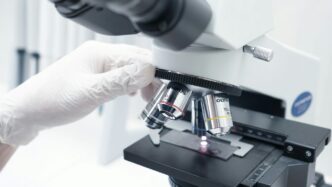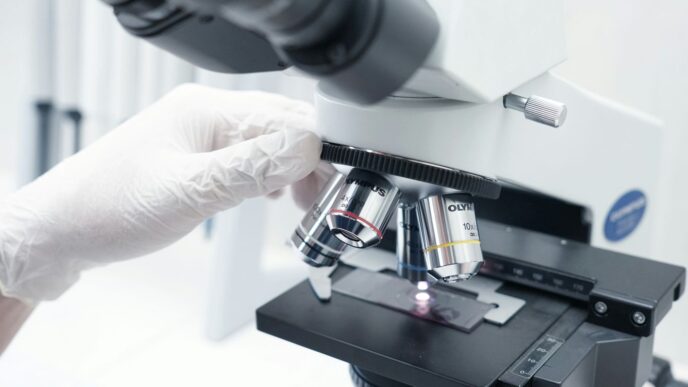Getting new technology, especially health tech, cleared by the FDA can be a tricky business. The Apple Watch, with its health features, has gone through this process. It’s important to understand what that means for users and the wider medical world. This article will break down how the Apple Watch got its FDA clearances, what that really signifies, and what it might mean for the future of everyday gadgets becoming health tools. We’ll look at the journey of apple watch fda approval, from initial studies to its impact on the market.
Key Takeaways
- The Apple Watch has health features that got special clearance from the FDA, which is a big deal for a consumer product.
- There’s a difference between FDA ‘approval’ and ‘clearance’; most Apple Watch features got clearance, which is for lower-risk devices.
- Apple used specific pathways, like the ‘De Novo’ process, to get its features cleared, even though some critics questioned the speed of this process.
- Studies, including work with Stanford University, helped provide data for the Apple Watch’s health features to get FDA clearance.
- The success of the Apple Watch in getting FDA clearance sets a new standard for how consumer electronics might become medical devices in the future.
Understanding Apple Watch FDA Approval
The Significance of FDA Clearance for Apple Watch
Okay, so the Apple Watch has some features that got the thumbs-up from the FDA. Why is this a big deal? Well, it’s not just about bragging rights. FDA clearance means the Apple Watch has been vetted by a regulatory body, ensuring it does what it claims to do. This is especially important when we’re talking about health-related features like the ECG and irregular heart rhythm detection. It’s a sign that Apple isn’t just throwing features at the wall to see what sticks; they’re actually putting in the work to make sure these features are reliable and safe. This move signals a shift in how consumer devices are viewed, potentially transforming them into legitimate medical grade tools.
Distinguishing FDA Approval from Clearance
Now, let’s clear up some jargon. You’ll often hear about "FDA approval" and "FDA clearance," but they aren’t the same thing. The Apple Watch, for its heart-related features, received clearance, not full approval. Think of it this way: approval is for higher-risk devices that need more rigorous testing. Clearance is for devices that are similar to existing, already-regulated devices. The Apple Watch falls into Class II, which is a lower-risk category. It’s like the difference between approving a new drug versus clearing a new version of a tongue depressor. It’s easier to get clearance, but it still means the FDA has given it a look-see. This process involves clinical research organizations to ensure compliance.
The Role of Clinical Trials in Apple Watch FDA Approval
So, how does a company like Apple convince the FDA that its watch is up to snuff? The answer is clinical trials. To get FDA clearance, Apple needed to show evidence that the Apple Watch’s features actually work. This involves enrolling volunteers in studies to see if the device performs as expected. For example, Stanford University ran a clinical trial on irregular heart rhythms for Apple, starting way back in 2017. The goal was to see if the watch’s irregular pulse notification accurately detects atrial fibrillation and how many people notified actually contacted a doctor. These trials are a crucial part of the process, providing the data needed to demonstrate the Apple Watch 4’s effectiveness and safety. The FDA also uses the Pre-Cert pilot program to consult on trial design.
Navigating the FDA Clearance Pathways
The De Novo Classification for Apple Watch Features
So, you’re trying to get your Apple Watch feature cleared by the FDA? Well, buckle up, because there are a few different paths you can take. One interesting route is the De Novo classification. This is for those shiny, new, never-before-seen kinds of devices. Basically, if your Apple Watch feature is so innovative that there isn’t anything else like it on the market, De Novo is your friend. The FDA uses this pathway to classify novel devices that don’t have a direct predicate device. It’s a bit more involved than just proving you’re similar to something already out there, but it can be a great way to get your groundbreaking tech to users.
Leveraging the FDA Pre-Cert Pilot Program
Another option to consider is the FDA’s Pre-Cert Pilot Program. This program is all about looking at the company developing the tech, not just the specific device. The idea is that if a company has a proven track record of quality and safety, the FDA can streamline the review process for their products. It’s still in the early stages, but it could be a game-changer for companies like Apple that are constantly pushing the boundaries of digital health. Imagine getting fitness bands to market faster because the FDA already trusts your development process!
Expedited Clearance Processes for Digital Health
Let’s face it, the FDA process can be slow. But, there are some expedited pathways available, especially for digital health technologies. The FDA recognizes that software and devices like the Apple Watch are evolving rapidly, and they’ve created programs to speed up the review process for certain types of products. This can involve things like priority review or breakthrough device designations. The key is to show that your Apple Watch feature addresses an unmet medical need or offers a significant improvement over existing technologies. Think about it: getting FDA cleared can be a huge advantage in the competitive market.
Here’s a quick rundown of some potential expedited pathways:
- Priority Review: For devices that address critical conditions.
- Breakthrough Devices Program: For technologies that offer significant advantages.
- 510(k) Substantial Equivalence: Proving your device is similar to an existing one.
Clinical Evidence Supporting Apple Watch FDA Approval
Stanford University’s Role in Apple Heart Studies
Stanford University played a big role in getting the Apple Watch its FDA clearance. They conducted the Apple Heart Study, which was key to showing the FDA that the watch could actually detect irregular heart rhythms. The study started way back in 2017 and wrapped up in 2019. The main goal? To see if the Apple Watch’s irregular pulse notifications really meant someone had atrial fibrillation (AFib), and how many people who got those notifications actually went to see a doctor within three months. It’s worth noting that this study used older Apple Watch models with just the optical sensor, not the newer ECG sensors. They even used another company’s wearable heart monitor to confirm the AFib.
Analyzing Data Submissions for FDA Clearance
To get the green light from the FDA, Apple had to hand over some serious data. Reportedly, they submitted two studies. Now, none of this data has been officially published or peer-reviewed yet, which is something to keep in mind. One study involved 588 people, half with known AFib and half with healthy hearts. The app couldn’t read about 10% of the recordings, which isn’t great. But for the other 90%, it did pretty well, correctly identifying over 98% of the patients with AFib and over 99% of the patients with healthy heart rates. The second data set came from Stanford’s Apple Heart Study. In that study, the app flagged 226 people with an irregular heart rhythm. The idea was to see how well the Apple Watch could detect something that looked like AFib compared to a wearable heart monitor. The traditional monitors found that 41% of people had an AFib event. In 79% of those cases, the Apple app also picked up something similar.
The "Good Enough" Standard for Apple Watch FDA Approval
So, was the Apple Watch perfect in these studies? Nope. But it was "good enough" for the FDA. And that’s a big deal. In the past, the FDA was seen as super strict and inflexible. But with the Apple Watch, they seemed to be okay with a certain level of imperfection. This "good enough" approach could be a game-changer for how the FDA deals with new tech. It means they’re willing to balance accuracy with getting innovative products out to the public faster. It’s a risk, sure, but it could also mean we see a lot more FDA Pre-Cert pilot program approved devices hitting the market sooner rather than later.
Challenges and Criticisms of Apple Watch FDA Approval
Concerns Over Apple’s Expedited Clearance Timeline
One of the main points of discussion surrounding Apple Watch’s FDA clearance is the speed at which it happened. Some people wonder if the FDA was too quick to approve the technology. It raises questions about whether enough scrutiny was applied. It’s not that people are against innovation, but there’s a need to make sure things are safe and effective, especially when it comes to health. The usual process can take a while, and some worry that rushing things could lead to problems down the road. It’s a balance between getting new tech out there and making sure it actually works like it should. The FDA’s regulatory framework is designed to ensure safety, but some feel the timeline was too short.
Addressing the "First of Its Kind" Claim
Apple got its FDA clearances through a "de novo" pathway, which is usually for things that are totally new. But some critics have pointed out that similar technologies already existed. It might be the first time something like this was built right into a watch, but other companies had already made similar devices. This raises the question of whether the "de novo" pathway was really the right way to go. If there were already similar devices out there, maybe Apple should have gone through a different, more standard approval process. It’s a bit like saying you invented the wheel when you just put it on a car. Here’s a breakdown:
- De Novo Pathway: Used for novel devices.
- 510(k) Pathway: Used for devices similar to existing ones.
- Apple’s Claim: First of its kind in a watch.
Potential for False Positives and Over-Diagnosis
Even though the Apple Watch can detect things like irregular heart rhythms, there’s a chance it could give false positives. This means it might tell someone they have a problem when they actually don’t. This can lead to unnecessary worry and extra doctor visits. It’s also possible that people might start to over-diagnose themselves based on what the watch says. It’s important to remember that the watch isn’t a doctor, and it’s not always right. People need to be careful about how they use the information it gives them. It’s a tool, but it’s not a replacement for real medical advice. The Apple Heart Study aimed to address some of these concerns, but more data is always helpful.
The Broader Impact of Apple Watch FDA Approval
The Apple Watch getting FDA clearance is more than just a win for Apple; it’s a sign of bigger changes coming to healthcare and consumer tech. It’s like the FDA is finally catching up with the 21st century, and it could change how we think about medical devices.
Transforming Consumer Devices into Medical Grade Tools
The Apple Watch is blurring the line between everyday gadgets and medical tools. It’s not just about fitness tracking anymore. We’re talking about a device that can potentially detect serious heart conditions, and that’s a game-changer. Think about it: your watch could become your first line of defense against health problems. It’s like having a doctor on your wrist, constantly monitoring your vitals. Soon, other consumer devices will follow suit, adding more health-related features and seeking FDA clearance to validate their accuracy.
Setting a Precedent for Future Digital Health Innovation
The way the FDA handled Apple’s application could set the stage for other companies looking to get their digital health products approved. It might mean a faster, more streamlined process for getting new health tech to market. This could lead to a boom in innovation, with companies racing to develop new wearable devices and apps that can improve our health. It’s like the starting gun has been fired, and everyone is eager to see what comes next. This also means that the FDA will need to adapt and evolve to keep up with the rapid pace of innovation in the digital health space.
Global Implications for Medical Device Regulation
What happens with the Apple Watch in the US could influence how other countries regulate medical devices. If the FDA gives its stamp of approval, other regulatory bodies might follow suit, making it easier for Apple and other companies to sell their health tech products worldwide. This could lead to a global standard for wearable medical devices, ensuring that people everywhere have access to the latest health monitoring technology. It’s like the US is setting the example, and the rest of the world is watching closely.
Here’s a quick look at how different regions might react:
- Europe: Likely to adopt similar standards, focusing on data privacy and security.
- China: May develop its own unique regulatory pathway, potentially prioritizing domestic companies.
- Developing Nations: Could benefit from lower-cost wearable devices, improving access to healthcare in remote areas.
Beyond Apple Watch FDA Approval: Reimbursement and Market Adoption
The Complexities of Medical Device Reimbursement
Getting FDA clearance is only half the battle. Securing reimbursement for medical devices, including features on the Apple Watch, is a complex process. It involves navigating a maze of regulations and payer policies. Unlike consumer electronics, where the price is set and consumers pay directly, medical devices often rely on insurance coverage. This means convincing both private insurers and government programs like Medicare and Medicaid that the device offers sufficient value to justify the cost. It’s a whole different ballgame.
Securing Coverage from Private and Public Insurers
Getting insurers to pay for an Apple Watch or its features isn’t a given. Here’s what Apple, or any company in a similar position, needs to do:
- Demonstrate Clinical Utility: Show that the device actually improves patient outcomes. This means more than just detecting a condition; it means showing that early detection leads to better treatment and overall health.
- Prove Cost-Effectiveness: Insurers want to know that the device saves them money in the long run. This could be through reduced hospitalizations, fewer doctor visits, or preventing serious complications.
- Navigate Coding and Billing: Medical devices and procedures have specific codes that determine how they are billed to insurers. Getting the right codes and ensuring proper billing practices is essential for reimbursement. It’s like speaking a whole new language.
The Importance of Clinical Cost Outcomes Studies
To convince insurers, clinical cost outcomes studies are key. These studies go beyond simply showing that a device works; they demonstrate its economic value. They need to show that the benefits outweigh the costs. These studies can be expensive and time-consuming, but they are often necessary to secure reimbursement. Think of it as an investment in the long-term success of the product. Some life insurance companies mandate the use of an activity tracker like the Apple Watch, which is a step in the right direction. It’s a long road, but the potential payoff is huge.
Future Outlook for Apple Watch and FDA Regulation
Expanding FDA-Cleared Features on the Apple Watch
The future looks bright for the Apple Watch, with more and more FDA-cleared features on the horizon. It’s not just about adding new sensors; it’s about refining existing ones and using software to unlock new capabilities. Imagine a future where your watch can detect early signs of skin cancer or even monitor your blood glucose levels non-invasively. The potential for preventative healthcare is enormous.
- Improved heart health monitoring beyond Afib detection.
- Sleep apnea detection.
- Mental health monitoring through subtle changes in behavior and biometrics.
The Evolution of FDA’s Approach to Digital Health
The FDA is adapting to the rapid pace of digital health innovation. They’re learning to balance the need for rigorous testing with the desire to get helpful technology into the hands of consumers quickly. The Food and Drug Administration – the FDA is exploring new pathways for clearance, like the Pre-Cert program, which could streamline the process for companies with a proven track record of quality and safety. This evolution is key to unlocking the full potential of wearable medical devices.
Maintaining Competitiveness in the Global Medical Device Market
Apple isn’t the only player in the digital health space. Companies around the world are developing similar technologies, and the race to market is fierce. To stay competitive, Apple needs to continue innovating, securing FDA clearances, and building trust with consumers and healthcare professionals. This includes investing in healthcare technology and research, partnering with leading medical institutions, and demonstrating the real-world benefits of its products. The Apple Watch 4 announcement was a harbinger of the future of healthcare and how the FDA approaches innovation. The company must also consider global regulatory landscapes, such as the China FDA (CFDA), to expand its reach and impact. The future of smartwatches in healthcare depends on integrating sensors, silicon, and software with FDA regulatory clearance into a small package like the Apple Watch.
Wrapping It Up: The Road Ahead for Apple Watch and Health
So, what’s the takeaway here? Getting the Apple Watch’s health features cleared by the FDA was a big deal, no doubt. It shows that consumer tech can really step up and become part of our health routines. But it’s not just about getting the green light from the FDA. Companies also have to figure out how people will actually pay for these things, which can be a whole other challenge. Apple’s kind of leading the way, showing how a big company can work with health rules. It’ll be interesting to see how this all plays out. Will more and more everyday gadgets become health tools? Probably. And will that mean we’re all a bit healthier because of it? We can hope so.
Frequently Asked Questions
What does ‘FDA approval’ mean for the Apple Watch?
The FDA is a government agency that makes sure medical devices and medicines are safe and work as they should. For the Apple Watch, this means the FDA checked its health features, like the heart monitor, to confirm they are accurate and reliable for medical use.
Is there a difference between FDA ‘approval’ and ‘clearance’ for the Apple Watch?
The Apple Watch didn’t get ‘approval’ in the strictest sense; it received ‘clearance’ for certain features. Approval is for higher-risk devices, while clearance is for devices that are similar to ones already on the market or are considered lower risk. The Apple Watch falls into the lower-risk category for its cleared features.
Did Apple have to do special studies to get FDA clearance for the Watch’s health features?
Yes, to get FDA clearance, Apple had to show that its health features were safe and effective. They did this by running studies, including one with Stanford University, to collect information and prove the Watch could accurately detect heart issues.
Did Apple get its FDA clearance faster than other companies?
Some people have wondered if Apple got special treatment because their clearance happened so quickly. However, Apple likely worked closely with the FDA for a long time before the public announcement, possibly through a special program designed to speed up reviews for new digital health tools.
How does the Apple Watch’s FDA clearance affect other smart devices?
The FDA’s decision to clear the Apple Watch is a big deal because it shows they are open to new kinds of medical devices. It sets a path for other smart devices and apps to become tools that can help people manage their health, moving healthcare more into our everyday lives.
Will insurance companies pay for the Apple Watch now that it has FDA clearance?
Even with FDA clearance, getting insurance companies to pay for the Apple Watch’s health features is another challenge. Insurance companies need to see strong evidence that using the Watch leads to better health and saves money in the long run before they will cover its cost.

